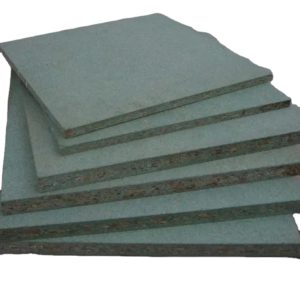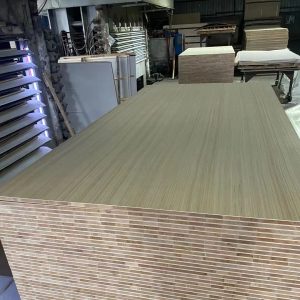**Plywood When Invented: A Revolution in the World of Timber**
The advent of plywood marked a significant turning point in the history of woodworking and construction. Unlike traditional lumber, which is cut from the entire log, plywood is engineered by bonding multiple thin layers of wood veneer together with grains running at right angles to each other. This cross-grained layering results in a material that is stronger, lighter, and more versatile than solid wood. But when was plywood invented, and what made it such a game-changer?

**Origins and Development**
The concept of laminating woods to improve their strength isn’t new; evidence suggests that ancient Egyptians employed this technique as far back as 4000 BC. However, the modern version of plywood we know today began to take shape in the late 18th century. It was during the industrial revolution, particularly in the mid-19th century, that the process of mass-producing plywood became feasible due to advancements in machinery and glue technology.

One notable early use of plywood can be traced back to the production of aircraft during World War I. The demand for strong yet lightweight materials prompted the development of plywood that could be used in the construction of airplanes. This application showcased plywood’s exceptional strength-to-weight ratio and paved the way for its widespread adoption in various industries.

**Birch Plywood from China: A Global Product**
As the 20th century unfolded, the globalization of trade brought about the export of specialized products across continents. For instance, Birch plywood from China, with its aesthetic appeal and superior quality, found its way into international markets. Measuring at a standard size of 1220x2440mm, this type of laminated furniture plywood is prized for its even texture and light color, making it ideal for painting or staining.

**Customization: Special Order Plywood**
The versatility of plywood also allows for custom orders to meet specific requirements. Whether it is for curved surfaces, unique dimensions, or particular finishes, special order plywood caters to niche needs. Architects and designers often specify these tailored solutions for projects where uniformity and precision are paramount.

In conclusion, while the exact date of plywood’s invention might be blurred by the sands of time, its impact on modern society is clear. From its humble origins to becoming an essential material in everything from furniture to aircraft, plywood has proven its worth as an innovative and reliable resource. As we move forward, it will be exciting to see how advances in technology further refine this already impressive product, ensuring that plywood continues to shape our built environment for centuries to come.
















